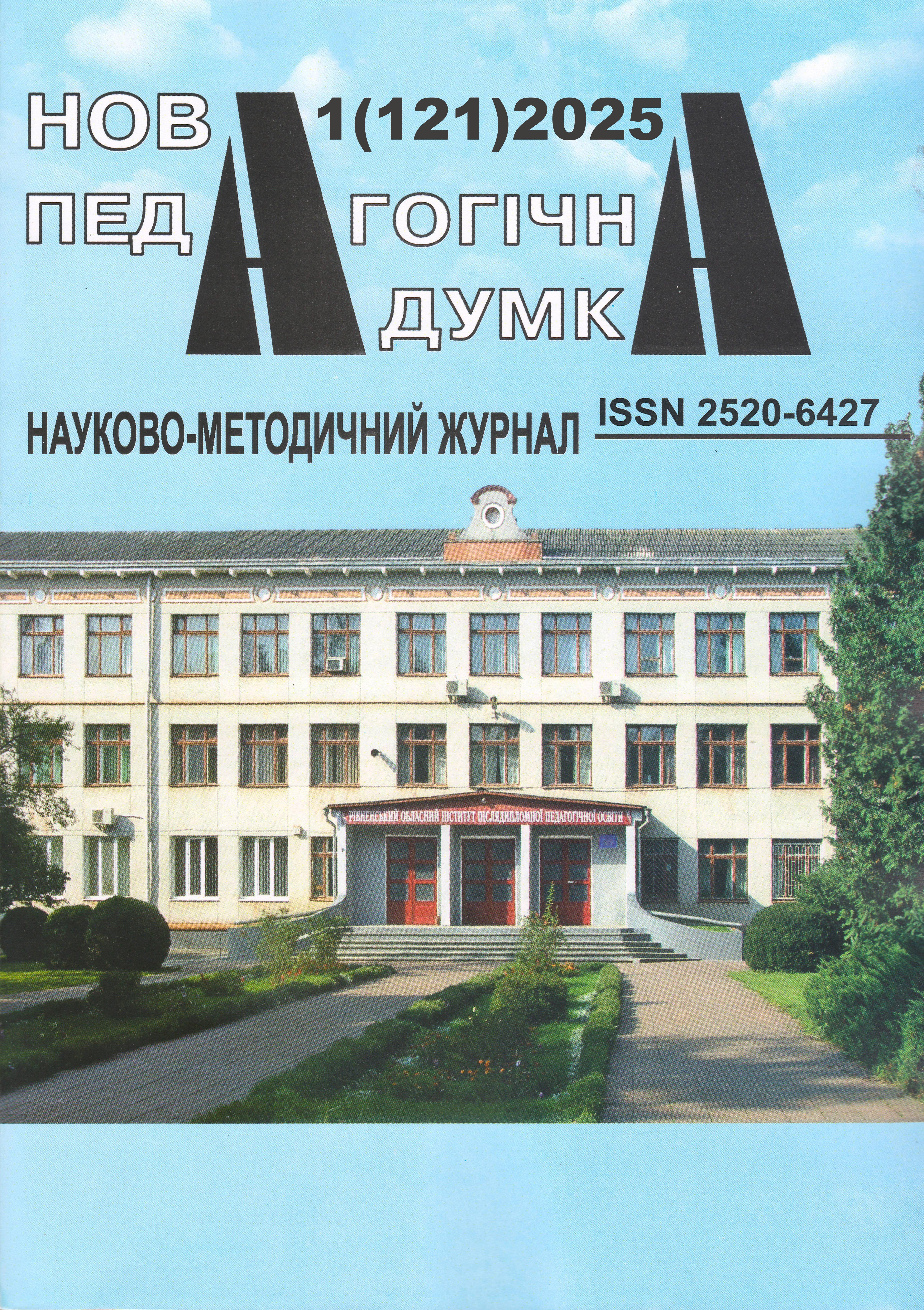Pragmalinguistic parameters of the threat as a conflictual speech act
Abstract
The author of the article considers influence as an interdisciplinary phenomenon, the intensification of scholars' attention to which is associated with the intensification of social tension and tolerance of violence in society. The field of research focuses on such a type of negative influence as speech aggression, which often results in conflictual communication interaction. The author chooses a threat as a conflictogen for a detailed linguistic description, qualifying it as a communicative and pragmatic phenomenon that combines the features of such speech genres as directives and commissives. The author does not equate a threat with such speech acts as a request, advice, or warning, since they, unlike a threat, are not binding.
Among the means of verbalizing a threat, the author characterized the pragmatic potential of lexical (expressively colored vocabulary of negative connotation), morphological (mainly different forms of the verb), which form both explicit threats and convey the unreality of the speaker's intentions, and phraseological, which often require a common cognitive experience of the addressee and the addressee.
She considers models of complex and non-conjunctive sentences with cause-and-effect relations between predicate parts as a typical form of threat presentation at the syntactic level, the conflictogenic potential of which is often supported by such means of expressive syntax as repetition, syntactic parallelism, parcellation, rhetorical questions, incomplete (interrupted) and exclamatory constructions. Non-verbal (optical-kinetic), para- and extralinguistic means are also “woven” into the functional and pragmatic field of the speech act of threatening, strengthening the categorical nature of the statement.
The author also made some brief remarks on the gender specificity of the threat, noting that speakers of both sexes use confrontational influences to strengthen their social status and express their attitude to the interlocutor, but the choice of verbal and non-verbal conflictogens in the act of threat determines the degree of formality of the communicative interaction of speakers, as well as such components of the speech situation as the social, communicative and psychological roles of its participants, their motives, intentions, attitudes towards the interlocutor, place, time and method of presenting the threat, as well as the common cognitive experience of the addressee and the addressee. With regard to the latter, the common background knowledge of communicators in the context of a particular linguistic culture makes it possible to appeal to precedent phenomena.





